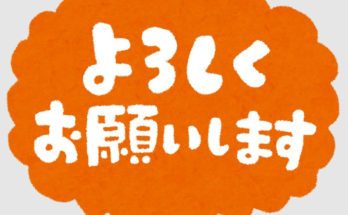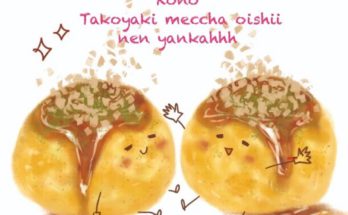In situations where we Japanese say “Itadakimasu: いただきます,” “arigatou: ありがとう,” and “gomennasai: ごめんなさい,” we put our hands together. That is a custom not only in Japan, but also over Asia. But what does it mean to have our hands together, particularly for Japanese people? Today I’ll share about “gasshou: 合掌,” which in Japanese means “putting one’s hands together.”
◎ “Gasshou”
Gasshou is a gesture of putting the palms of both hands together in front of the chest or the face, and it is a method of worship in Buddhism. It is also a way of worshiping Buddhas and Bodhisattvas, as it was introduced to many parts of the world along with Buddhism. In Asian countries including Japan, it is also used in daily life to express respect, gratitude, and acknowledgement. It is said to have originated in India, where Buddhism was born, and was introduced to Japan via China around the middle of the 6th century.
◎ Gasshou in Japan
“Gasshou” has become an established manner of worship in Japan, but it has also developed to be used in various other ways over time.Gassho in general is used to express gratitude, apology, and requests. In Japan, people don’t particularly practice gasshou for everyday greetings like in Thailand, but it is sometimes used in greetings between monks.
◎ Buddhist Connotation
In Buddhism, the right hand is clean, and it symbolizes the world of the Buddha (Paradise). And the left hand is impure, and it symbolizes the present world (the world of living creatures including humans). It is said that by putting both hands together, these two worlds come together as one and expresses the desire for Buddhahood. And it becomes part of the gesture of a prayer or ritual.
◎When do we “gasshou”?
– At a funeral-
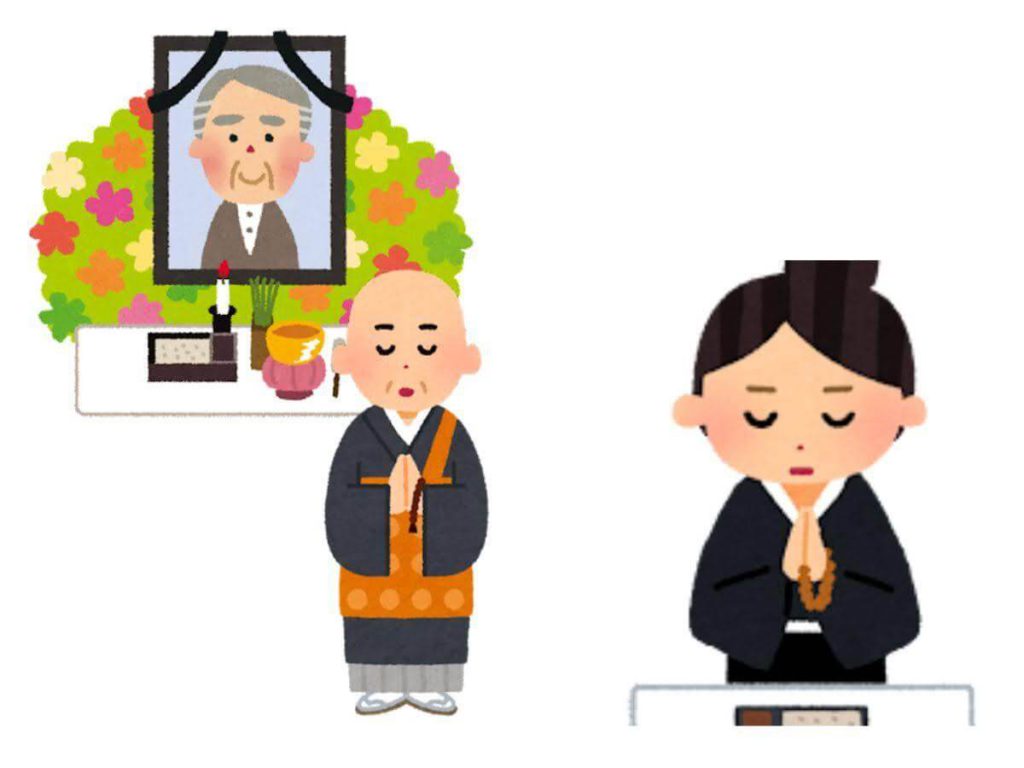
It is a ceremony to pray for the repose of the souls of the deceased and to send them off so that they can go to the heavenly paradise without any hesitation. For this reason, the right hand representing the world of Buddha, and the left hand representing the present world, are joined together in “gassho” to wish for Buddhahood.
-At Buddhist altars and graves-
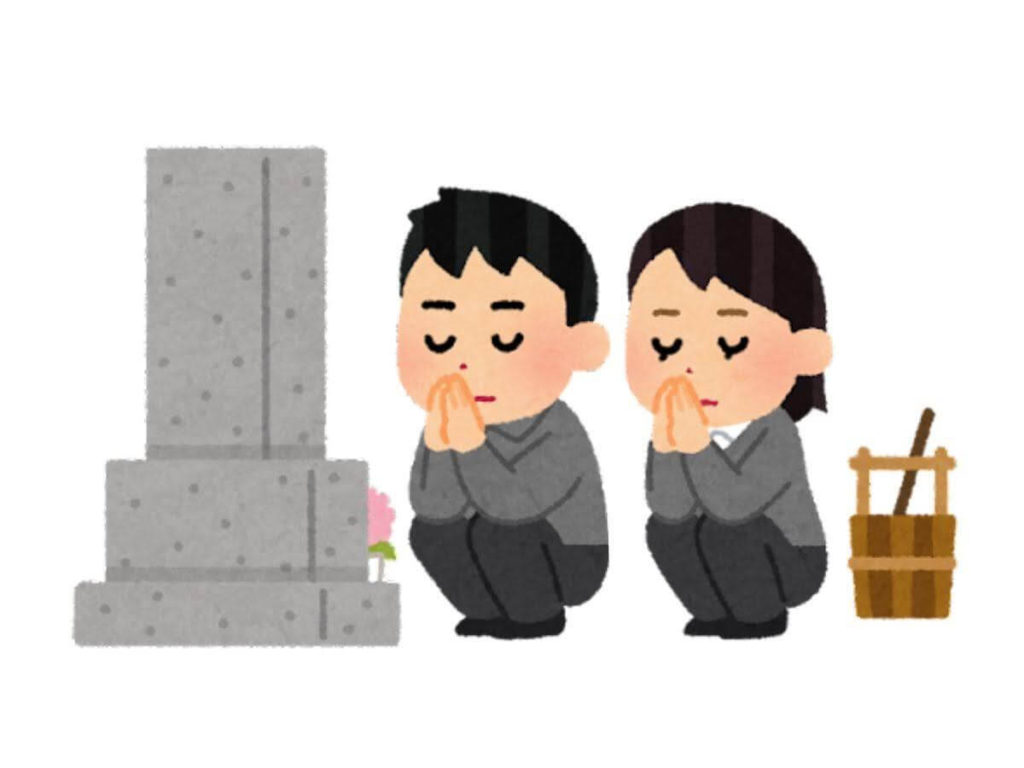
Joining hands when visiting a grave or a Buddhist altar is a way to express gratitude and respect to the principal image (Buddha, etc.), ancestors, and the deceased.
-At shrines-
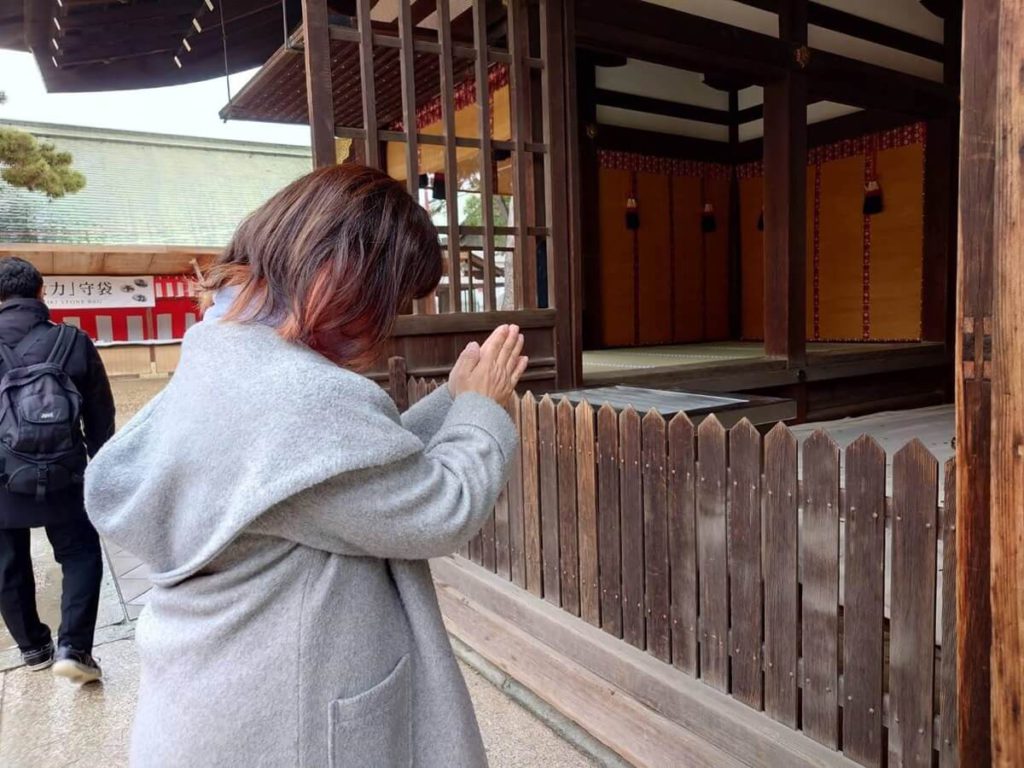
People also put their hands together as a kashiwa-de gesture when worshiping the gods at shrines. Kashiwa-de means that when worshiping a deity, the two palms are clapped together to make a sound. According to shrine etiquette,you first bow twice, and then you clap twice. After clapping twice, you bow again. (二礼二拍手一礼) with their hands down without doing gasshou. Although paying a visit to shrines comes from our Shinto custom, it’s natural for us to pray there with gasshou as an act of prayer because Shintoism and Buddhism are deeply connected together in our daily lives in Japan.
-Greeting before and after meals-
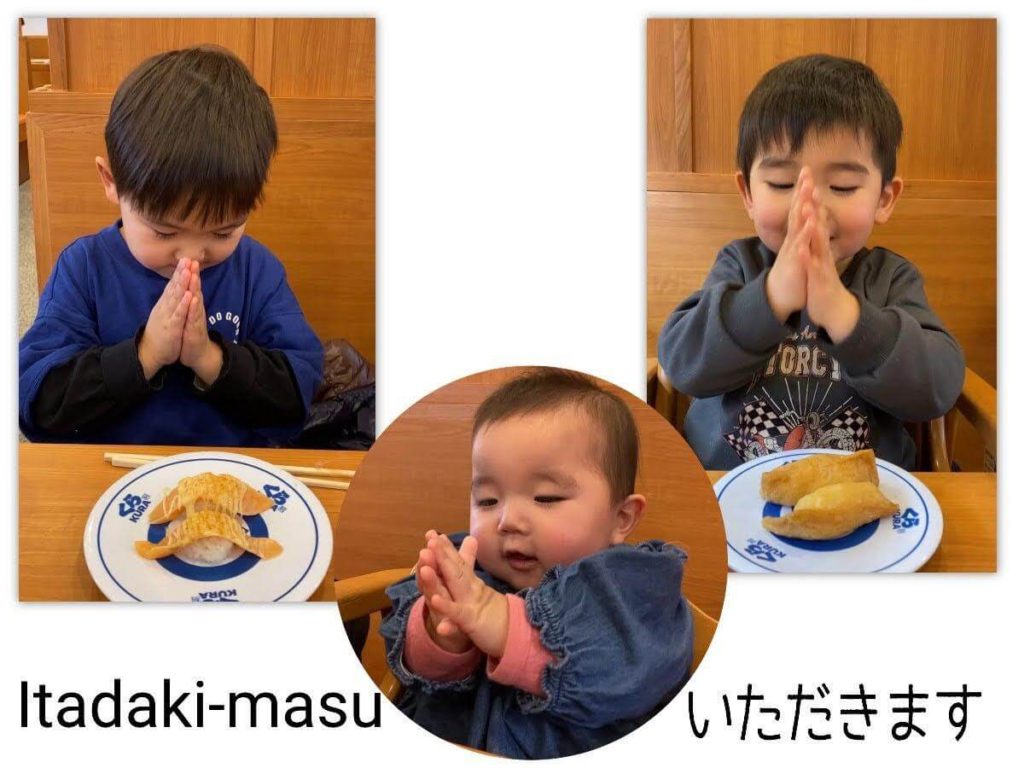
It is customary to join hands before and after a meal, saying “Itadakimasu” and “Gochisosama- desita” (Thank you for the food). And this is our way of expressing gratitude and respect not only for the life that became food, but also for those who grew the food and prepared the meal.
-To express gratitude or apology-
When expressing gratitude or blessings to others, or when apologizing to someone, putting hands can be used to convey people’s intention even without describing them in words. It can also express humility, goodwill, and compassion.
-For Concentration-
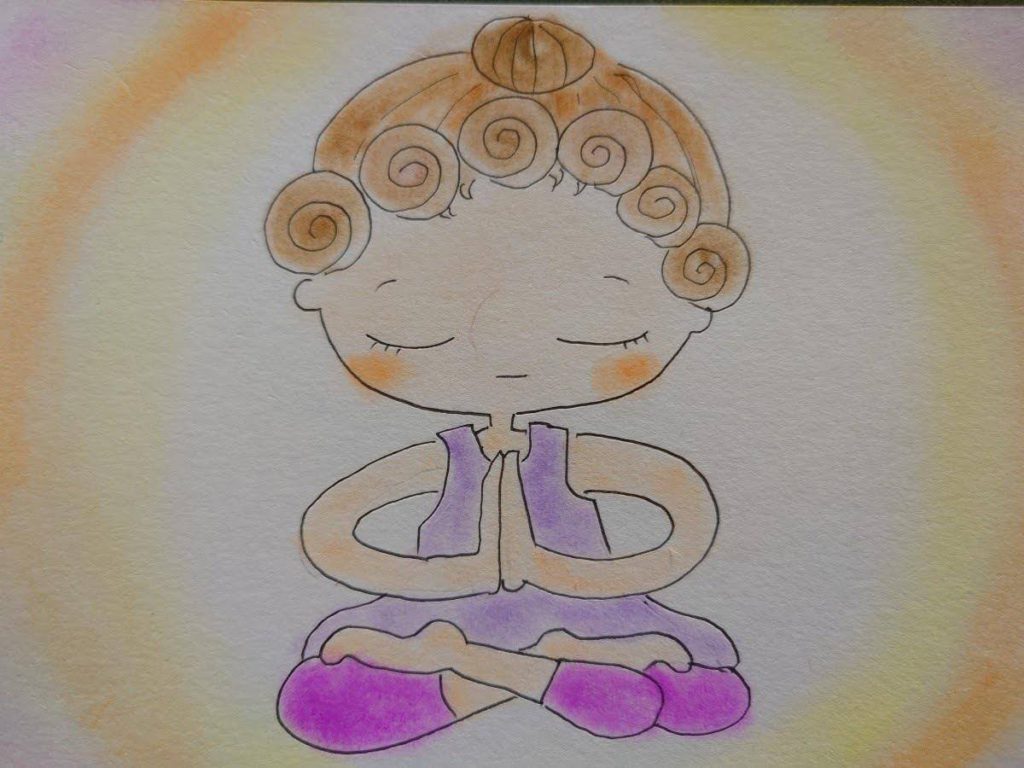
It also has an effect of bringing about inner stillness and concentration. It helps to unite the body and mind and quiet the mind. By putting hands together when meditating or praying, it can help one to enter a deeper meditative state or concentrate on their prayers. The hands are also considered to be the pathway of energy. By bringing our hands together, we can harmonize and balance our own energy. By regulating the flow of energy, it promotes inner stability and healing.
You’ve probably put your hands together before, right? How did you feel then? I think what we feel when we join our hands together is a sense of gratitude. Being grateful, in Japanese, we say “arigatai”, “ari” meaning to be present, and “gatai” meaning to be difficult. In other words, a feeling of gratitude is something that is not taken for granted.
As you can see from these elements, “putting our hands together” is something we can do easily in our daily lives, but its meaning and effect are profound and play a very important role in our society.
◎Conclusion
While writing this article, it reminded me of a saying: “I feel happy to put my palms together, and I feel unhappy to put fists together. (手のしわとしわを合わせて幸せ、節と節を合わせて不幸せ”
We call wrinkles “shiwa” in Japanese. “Awase-ru” means “to join two things.”. With the sounds of “shiwa” and “awase,”, they make “shiwa-awase: しわ-あわせ,” or “shiawase:しあわせ,” which means “happiness.” So when we put our palms that have lots of wrinkles together, it’s said that it can bring us happiness. Meanwhile, “fushi” means “fists.” And if we put the fists where all the joints are together, that means we become unhappy, “fu-shiawase.” This situation brings to mind a fight.
There are still wars going on all over the world here and there. I believe that joining hands together to wish for the happiness of all the people might be a step toward world peace. Let’s do gasshou together with a prayer. I am sure it will warm your heart.
Thank you for reading my article to the end.
See you next time.
I’m a clay artist, and a master of Japanese calligraphy “Onore-sho”. I have my own shop in Ikaruga town, Nara, which is near Horyuji temple: world heritage site. And I’m a volunteer English tour guide. I enjoy learning English everyday.


